Mysterious new SARS-like virus originating in China, killing two people, spreads to Japan
Health authorities in Japan have confirmed the country’s first case of a new SARS-like virus that originated in China and has killed two people.
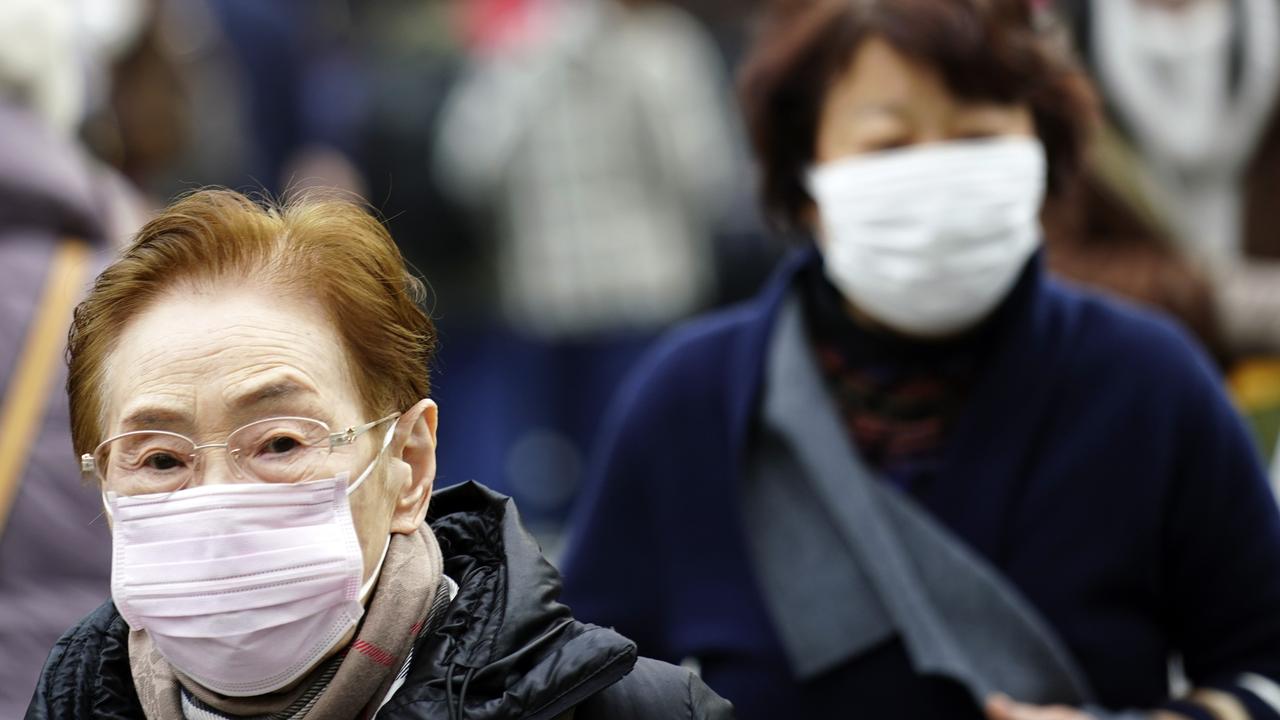
A mysterious new respiratory virus that emerged in a major Chinese city, which has killed two people, has now spread to Japan.
The infection is in the same family of viruses as SARS – which broke out in Asia and caused a global pandemic 17 years ago – and emerged in Wuhan in late December.
On Wednesday, a woman with the new virus was quarantined in Thailand and last night, officials in Japan said they had recorded their first case.
“We will continue active epidemiological research while also co-ordinating efforts with the World Health Organisation and related agencies to conduct a risk assessment,” the Japanese Ministry of Health said in a statement.
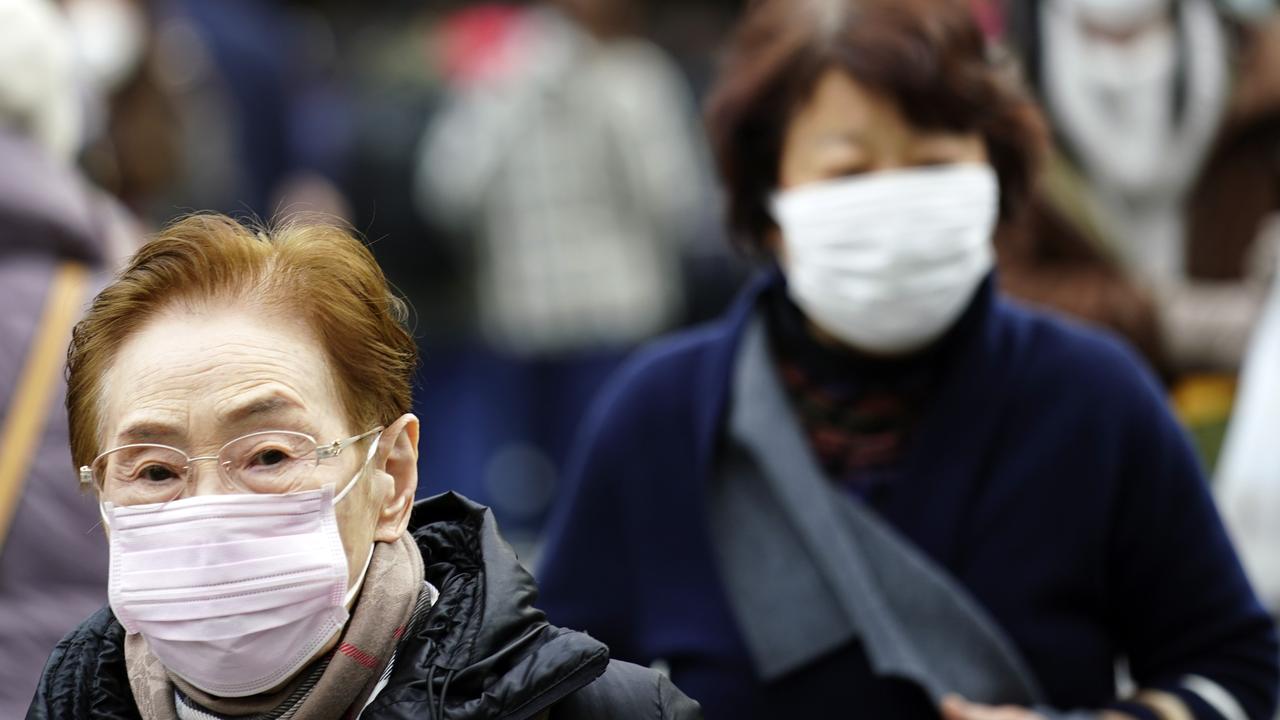
Adam Kamradt-Scott is an expert on the spread and control of infectious diseases at the Centre for International Security Studies at the University of Sydney, and said the world must act quickly to prevent the virus spreading further.
“The more concerning aspect about this latest case is that, whereas the first (people infected) were identified to have travelled to local food markets, the cases in Thailand and now Japan have reportedly not visited these sites,” Associate Professor Kamradt-Scott said.
“It indicates the virus may have achieved limited human-to-human transmission – although it must be stressed this has yet to be proven.”
In the Wuhan region, there have been 40 confirmed cases and two fatalities and there is now a very real risk of spread to other countries.
“Given that there are direct flights between Sydney and Wuhan, which is currently the epicentre of the virus, there is a reasonable chance that we might see cases emerge in Australia,” Associate Professor Kamradt-Scott said.
“Given our public health system, we are well-placed to care for anyone who might have contracted the virus, but it is only through international co-operation that we will see this novel pathogen contained.”
RELATED: China on high alert following outbreak of SARS-like virus
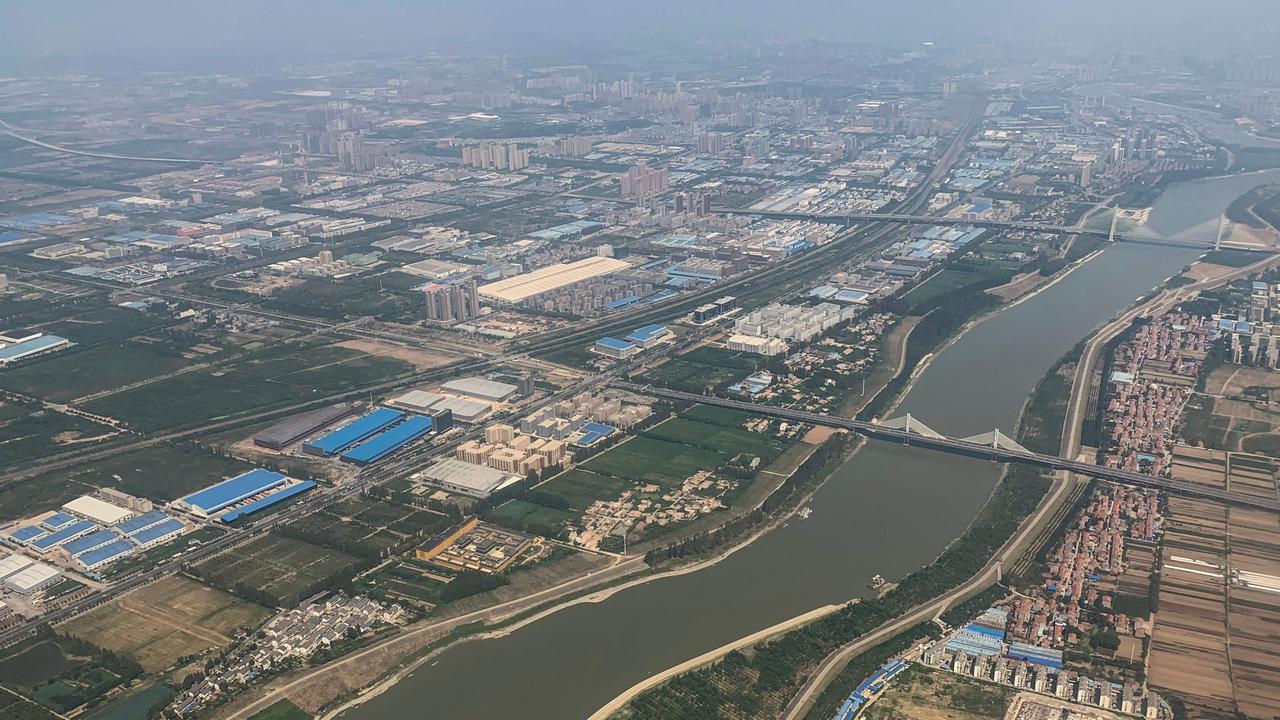
The Chinese Government has shared the genome sequencing of the infection – a novel coronavirus known as 2019-nCoV – with global scientists, he said.
“It has assisted us in being able to rapidly test for the presence of the virus in suspected cases (and) enabled the identification of this new case in Japan.”
Sanjaya Senanayake, a specialist in infectious diseases at The Australian National University, said the spread between people has been minimal so far and the fatality rate is lower than that seen with SARS.
“But this could change if the virus mutates,” Associate Professor Senanayake said.
“Wuhan seems to be the only (Chinese) city with the virus, but it is a large city, presumably with a lot of tourists, so more cases outside China, including Australia, could easily occur.”
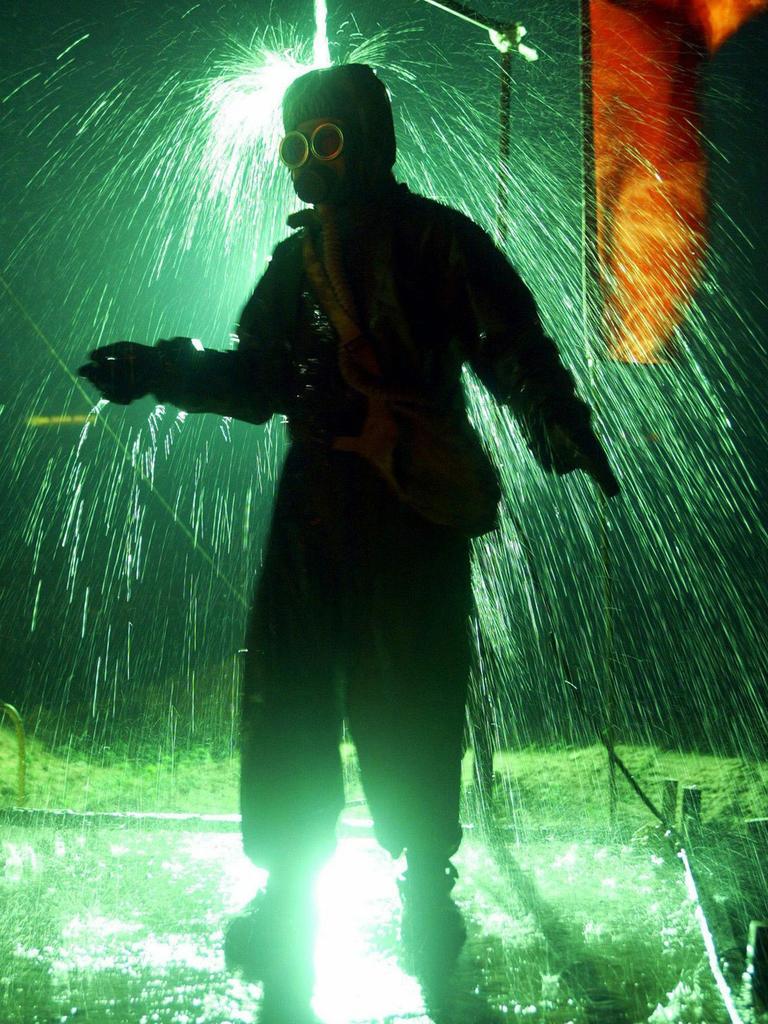

It’s unclear how the new virus developed and testing of animals in the Wuhan area will provide some clues, Raina MacIntyre, a professor of Global Biosecurity and the head of the Biosecurity Research Program at the Kirby Institute at UNSW Medicine, said.
But health authorities suspect a fish market in Wuhan is the “ground zero” for the new infection.
“It is always possible we will see a travel-related case here,” Professor MacIntyre said of the risk posed to Australia.
“Wuhan is an economic hub and a much larger city than Guangzhou, where SARS arose, so we may see more travel-related cases.”
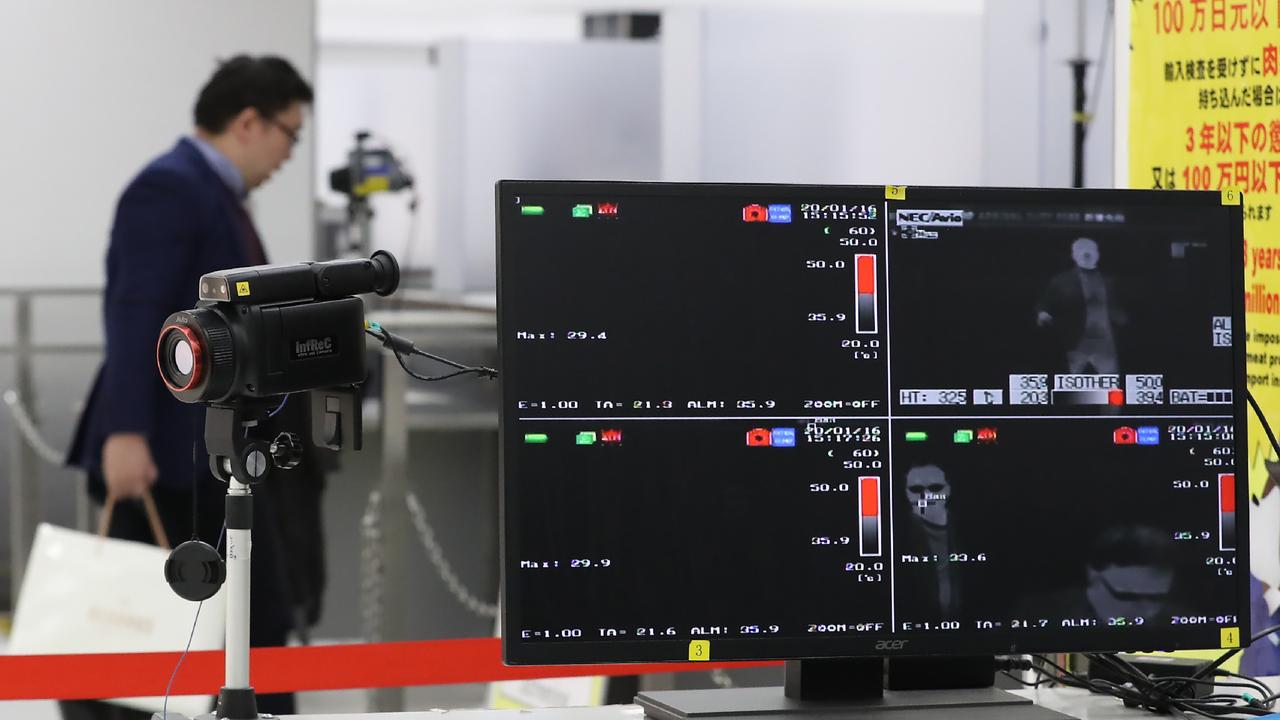
She was involved in researching the spread of Middle East Respiratory Syndrome, which showed the risk of spread associated with high frequency international flights in and out of Saudi Arabia.
“In the same way, the volume of travel from China to Australia will determine the risk of travel-related cases occurring here,” Professor MacIntyre said.




